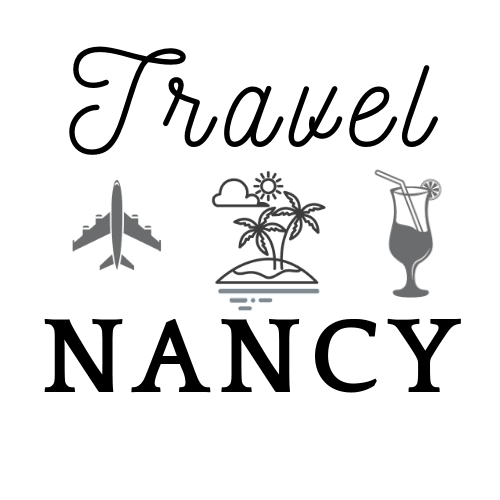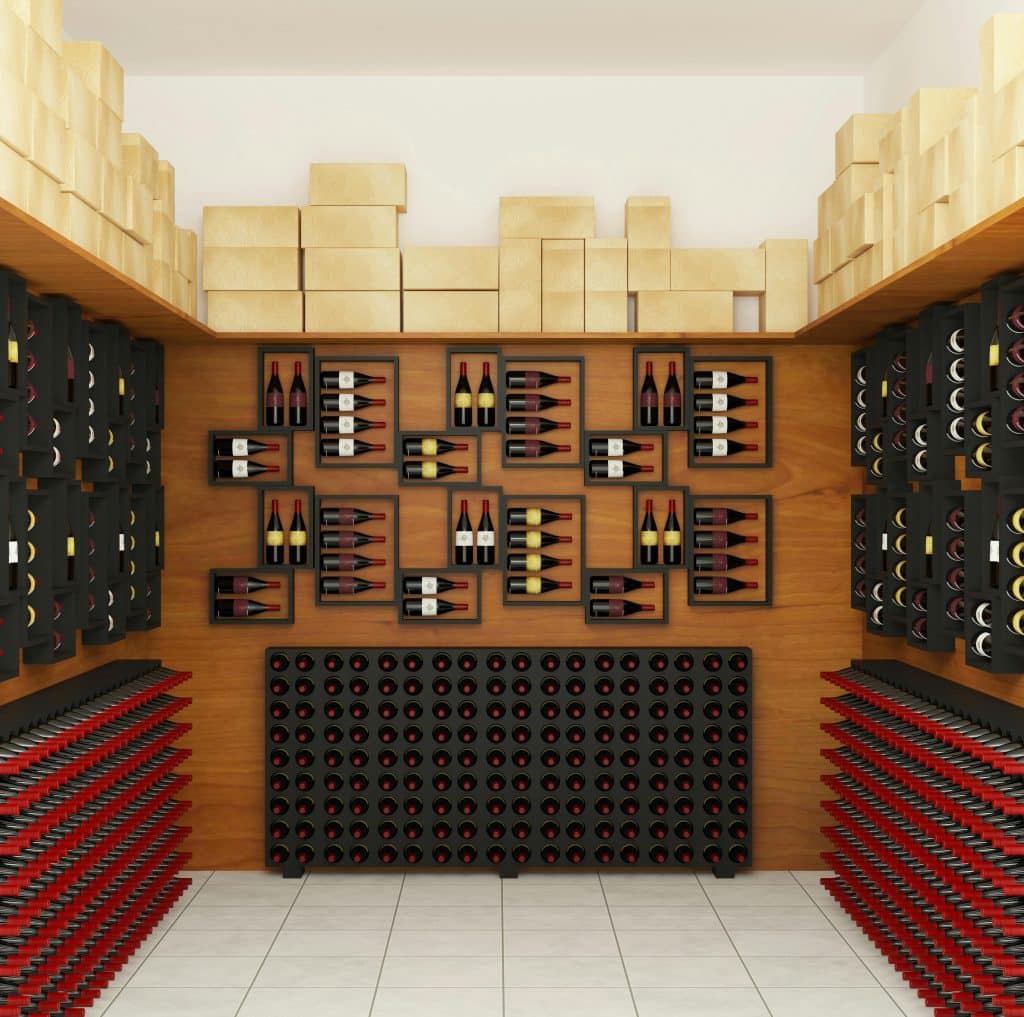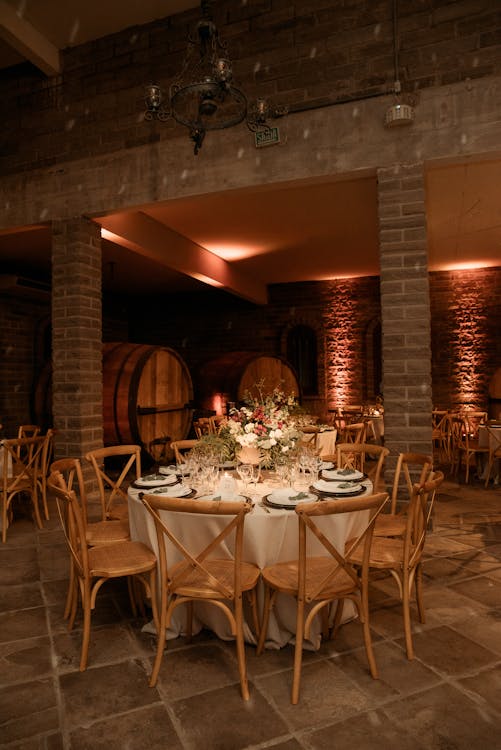Discover how modern architects revolutionize wine storage while preserving centuries-old traditions in these stunning spaces where design meets wine culture. Deep beneath the earth’s surface lies a world where architecture and wine unite in spectacular harmony. Today, we’re exploring the most innovative wine cellar designs that are reshaping how we store, age, and experience wine. From historic caves in France to ultra-modern facilities in Napa Valley, these architectural masterpieces are changing the game for wine lovers and collectors alike.
Temperature Control Through Design
Modern wine cellar architecture isn’t just about aesthetics. Today’s leading architects use groundbreaking techniques to maintain perfect wine storage conditions naturally. Imagine walls that breathe, regulating humidity without mechanical intervention and thermal mass designs that keep temperatures stable year-round.
The Impact of Natural Materials
The choice of materials in wine cellar construction plays a crucial role:
- Limestone: Natural humidity regulation
- Cork: Sustainable and temperature-stable
- Reclaimed wood: Environmental consciousness meets tradition
- Natural stone: Thermal mass for temperature consistency
Five Revolutionary Wine Cellar Designs
1. Antinori Winery, Italy
This underground wonder seamlessly blends into the Tuscan landscape while housing one of the world’s most sophisticated gravity-flow systems. The spiral staircase leading to the cellar has become an architectural icon, featured in countless design magazines.
2. Château Margaux, France
Norman Foster’s recent addition to this historic estate shows how contemporary architecture can enhance centuries-old wine-making traditions. The cellar’s innovative climate control system uses no mechanical intervention.
3. Dominus Estate, California
Herzog & de Meuron’s gabion wall design creates perfect wine storage conditions through passive temperature control, while offering a stunning visual statement about modernist architecture in wine country.
4. La Roca, Spain
Carved directly into volcanic rock, this cellar maintains ideal storage conditions naturally while creating an unforgettable tasting experience for visitors.
5. Château Cheval Blanc, France
Christian de Portzamparc’s futuristic design proves that even the most traditional wine estates can embrace cutting-edge architecture without compromising their heritage.
The Future of Wine Storage
The next generation of wine cellar design is focusing on:
- Sustainable climate control systems
- Integration with smart home technology
- Biodynamic architecture principles
- Enhanced visitor experiences
Expert Tips for Wine Collectors
Whether you’re planning a small home cellar or a major facility, consider these architectural principles:
- Natural ventilation pathways
- Proper thermal mass calculation
- Material selection for humidity control
- Lighting design that protects wine
The fusion of wine storage and architectural innovation continues to evolve, creating spaces that are both functional and breathtaking. As we’ve seen, the world’s most spectacular wine cellars prove that proper wine storage can be elevated to an art form.
Your Next Steps
Ready to explore these architectural wonders yourself? Sign up for our newsletter to receive:
- Exclusive virtual tours of prestigious wine cellars
- Expert interviews with leading architects
- Wine storage design tips
- Early access to wine architecture events



